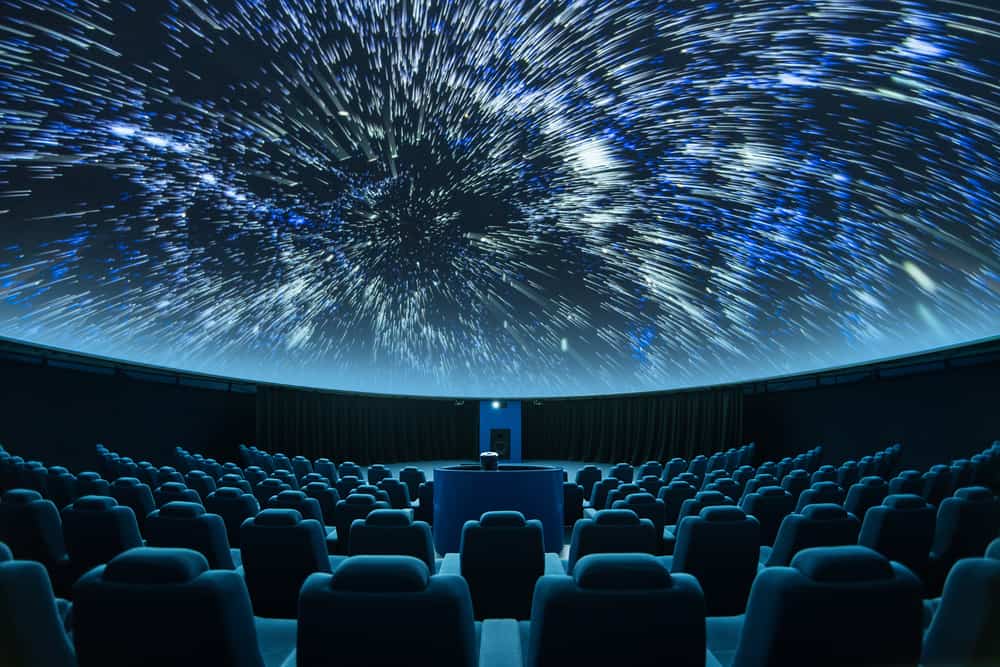

Introduction
As humanity reaches for the stars, audio-visual (AV) technology has become an indispensable companion on our cosmic journeys. In this blog, we embark on a celestial exploration to understand the pivotal role AV systems play in space exploration. Join us as we delve into how organizations like NASA harness the power of AV to capture and share historic moments, making space exploration a shared human experience.
Beyond the Earth’s Atmosphere
The challenges are immense. In the vacuum of space, there is no sound, and the absence of air means traditional microphones cannot capture audio. Yet, AV technology prevails. The crafts are equipped with specialized microphones that convert vibrations and electromagnetic waves into audio signals, allowing us to hear the eerie hum of solar winds or the roar of rocket engines.
The Astronaut’s Perspective
For astronauts on board the International Space Station (ISS), AV technology serves as their eyes and ears. Cameras and microphones document every facet of life on the ISS, from scientific experiments to daily routines. This visual and auditory record not only aids in scientific research but also provides an intimate glimpse into the lives of those living in space. Perhaps the most iconic use of AV technology in space exploration is in the transmission of images and video from missions. NASA, in particular, has mastered the art of capturing and sharing historic moments. The live broadcast of moon landings, spacewalks, and rover missions has captivated audiences around the world, allowing us to witness the extraordinary achievements of space exploration.
Astronomical Discoveries
Beyond our own solar system, space telescopes like the Hubble Space Telescope have revolutionized our understanding of the cosmos. These observatories capture stunning images of distant galaxies, nebulae, and celestial phenomena. AV technology enables scientists and the public alike to explore the wonders of the universe from the comfort of Earth.
AV technology isn’t just a tool for professionals; it’s a means of education and inspiration. Museums, planetariums, and educational institutions leverage AV systems to create immersive and educational experiences. These technologies transport audiences on virtual journeys through space, sparking curiosity and fostering a deeper appreciation for the universe.


The Future of Space Exploration and AV
As humanity sets its sights on Mars and beyond, the role of AV technology in space exploration will only grow. Livestreaming from distant planets, immersive virtual reality experiences, and even AI-powered image analysis are on the horizon. AV will continue to be our window into the cosmos, connecting us to the wonders of the universe.
Conclusion
Audio-visual technology is the bridge that spans the vast cosmic distances, bringing the wonders of space exploration to our screens and into our lives. From the silence of space to the heart-pounding moments of rocket launches, AV systems are our eyes, ears, and sometimes even our voices in the cosmos. Thanks to these technologies, space exploration isn’t just the domain of astronauts; it’s a shared human adventure, one that inspires and unites us all in our quest to understand the universe.


